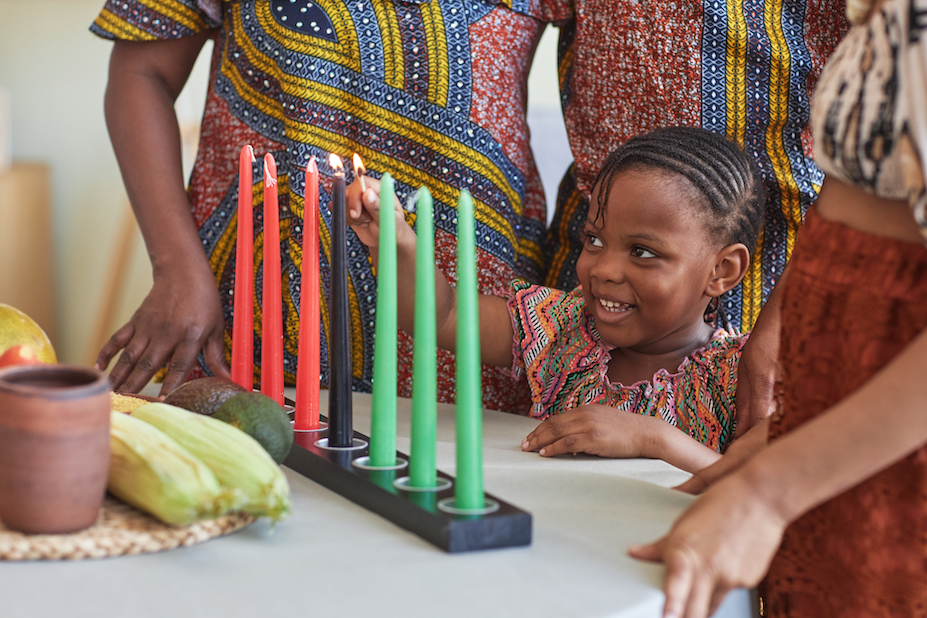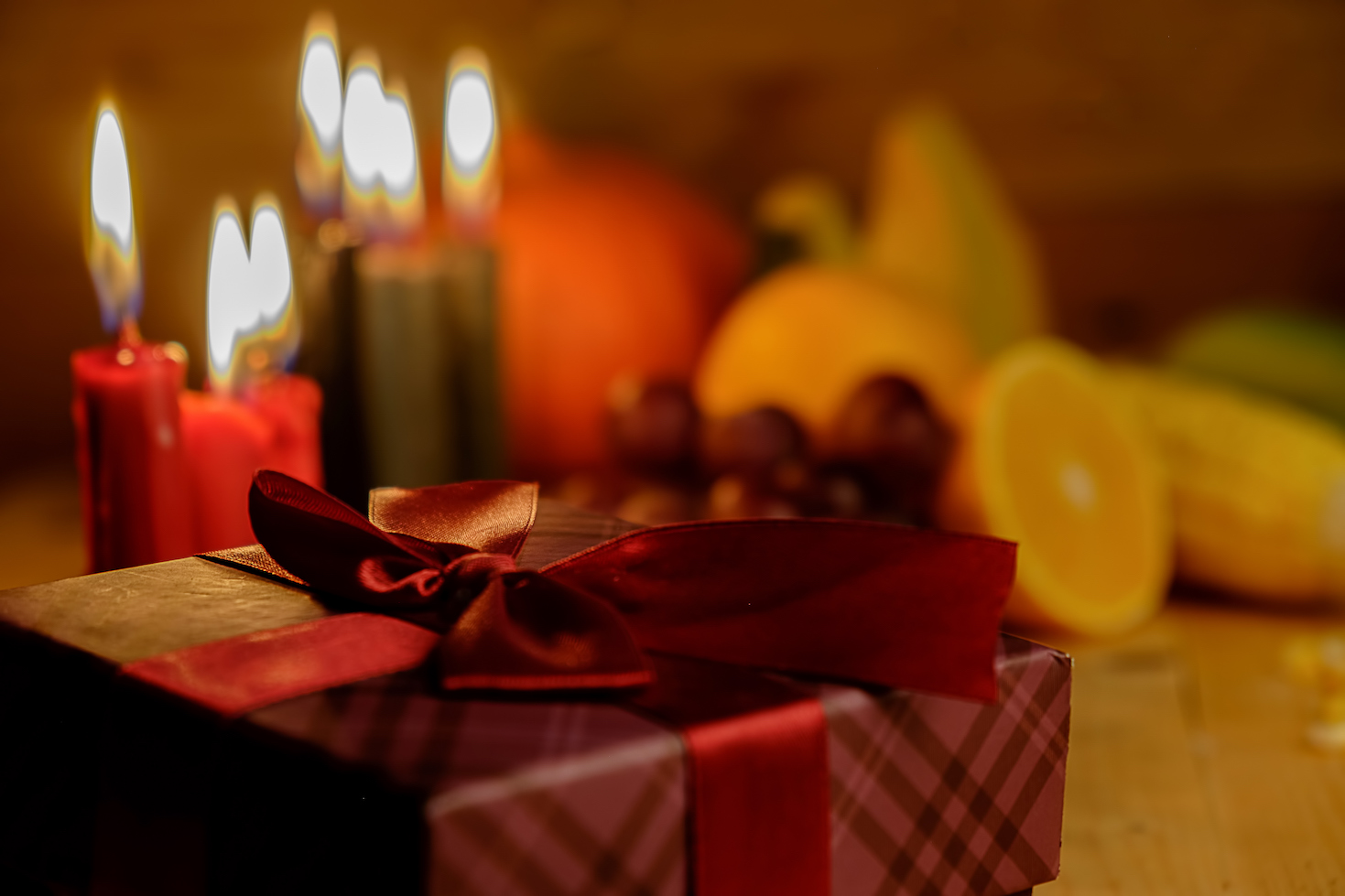During this time of year, along with Thanksgiving, we have another truly American holiday celebrated. Kwanzaa! This holiday, created by Pan-African activist and academic Maulana Karenga in 1966, as an indispensable method to preserve, continually revitalize, and promote African American culture.

Facts About Kwanzaa
1). Kwanzaa is observed for seven days, and there is a different value for each day. On each night, a candle is lit to observe the nguzo saba, the seven principles of Kwanzaa. The principles of Kwanzaa are: Umoja (unity), Kujichagulia (self-determination), Ujima (collective work and responsibility), Ujamaa (cooperative economics), Nia (purpose), Kuumba (creativity), and Imani (faith).
2). The candles include one black, three red, and three green. The colors red, black and green are important to Pan-Africanists. Black represents “the people” while red is for the blood spilled in the struggle for liberation and green is for the future of black liberation.
3). Kwanzaa is a secular holiday. It draws influence from a variety of African cultures and practices. The holiday avoids theological emphasis, for it is this emphasis that reveals and cultivates differences. What Kwanzaa does is to stress the ethical which brings forth the best of African and human thought and practice and offers a basis of common ground.
4). Kwanzaa is open to people of other cultures. Anyone is welcome to celebrate the holiday, comparing it to other cultural holidays. It is often celebrated along with Christmas. In the holiday’s early years, it was frowned upon to celebrate Kwanzaa and Christmas. As it became more popular, participants began to observe both holidays.
5). Although Kwanzaa is often observed with Christmas and resembles Hanukkah in format, the dates have a different origin. A central model for Kwanzaa is umkhosi or the Zulu first-fruit celebration which is seven days and is celebrated during this time period. The first-fruit celebrations were celebrated at the end of the old year and the beginning of the New Year.
6). At the end of the week there is a spectacular feast. On the seventh night, gifts are exchanged. Handmade gifts are preferred, and the items must relate to the principles. Typically, children are the primary recipients. The gift exchange must always include a book and a “heritage symbol,” or item that represents African history and traditions. Kwanzaa concludes with a feast called the karamu. Hosts are encouraged to display their most beautiful art and African cloths along with fresh fruit and vegetables.



